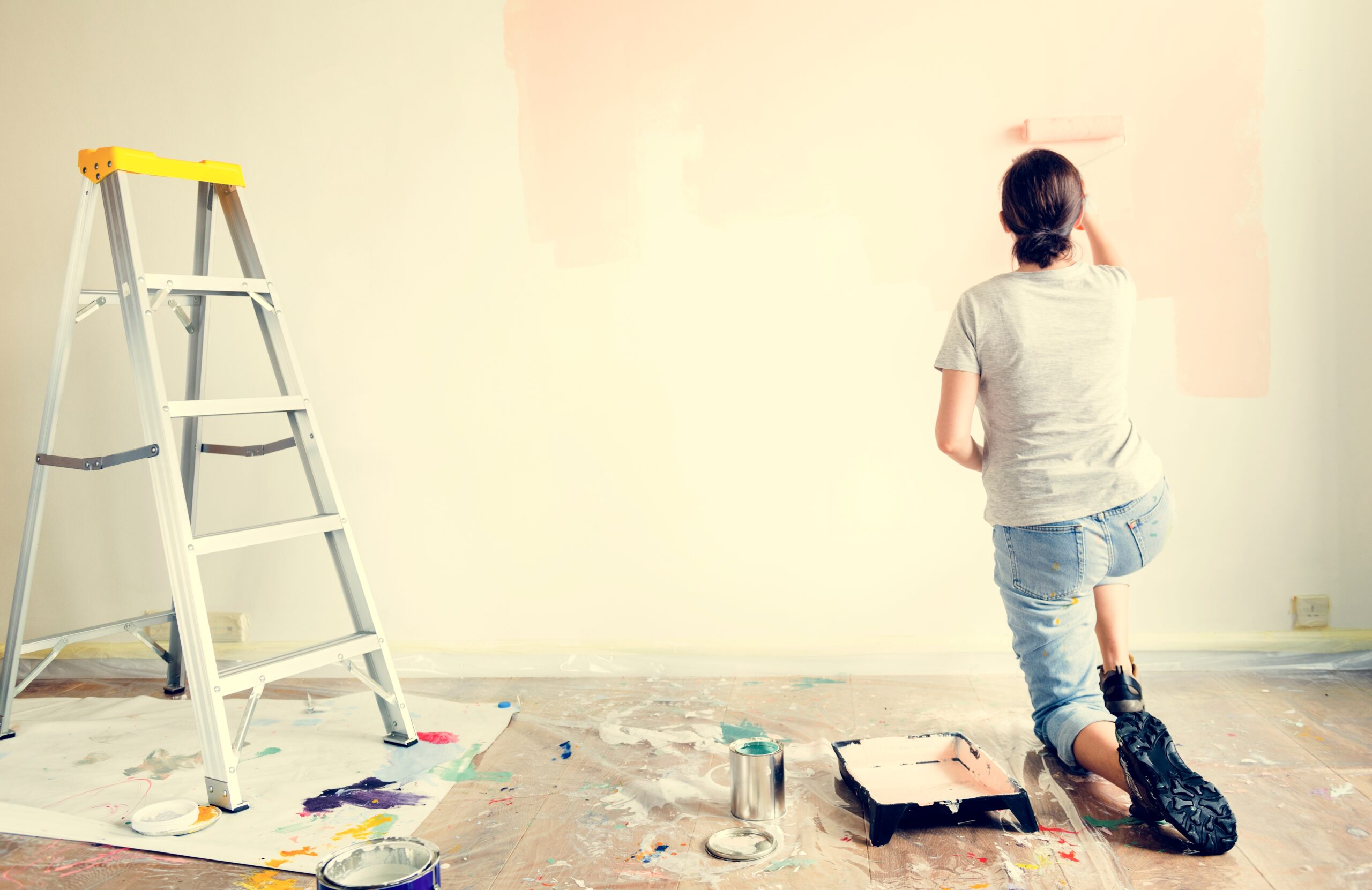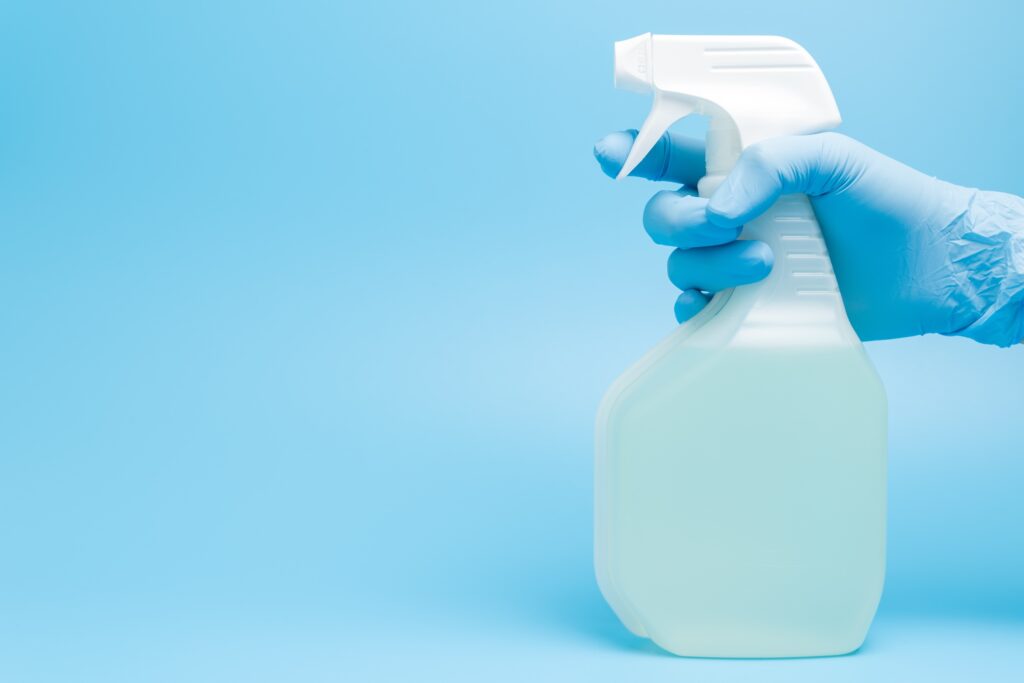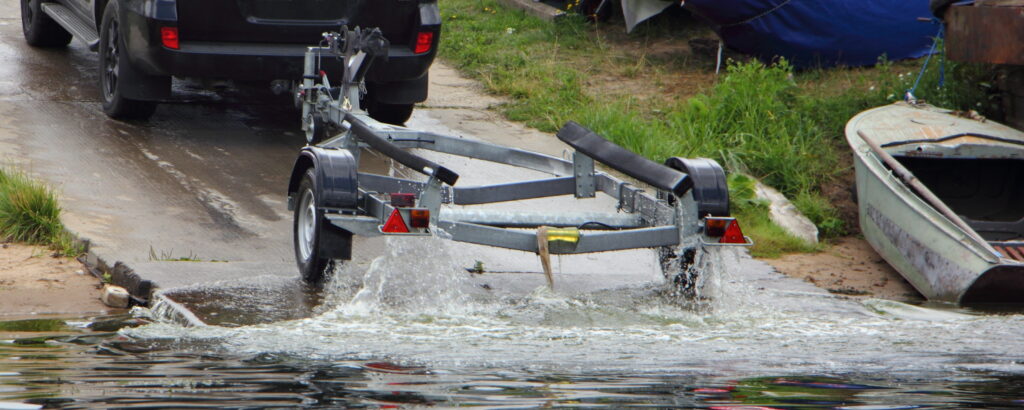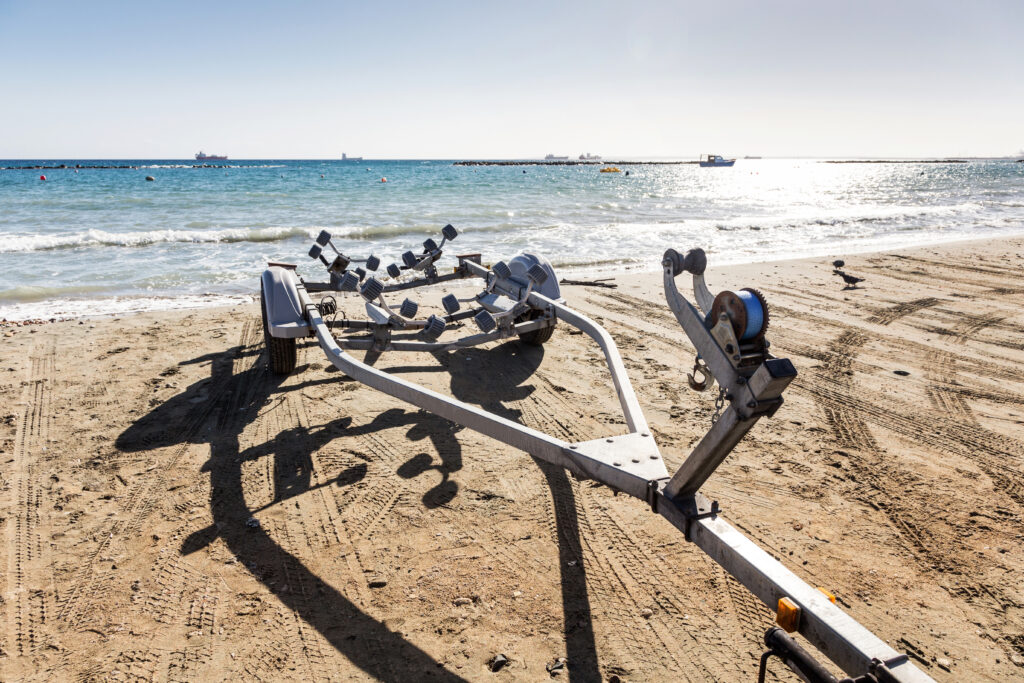Ladders are essential tools for a wide range of home improvement and maintenance projects, from cleaning gutters and trimming trees to painting and repairs. If you don’t own a ladder or need a different type for a specific job, renting one from Rentby is an easy and affordable solution. However, using a ladder safely is crucial to avoid accidents and injuries, which are unfortunately common when proper safety measures aren’t followed.
In this guide, we’ll walk you through ladder safety tips with a focus on renting, selecting the right ladder for your project, and using it correctly to ensure your next project is both successful and safe.
1. Choose the Right Ladder for Your Project
Before renting a ladder, it’s important to assess your needs and choose the right type of ladder for the job. Not all ladders are created equal, and using the wrong one can increase the risk of accidents.
Step Ladder:
Ideal for indoor tasks like painting walls or hanging pictures, step ladders provide stability on flat surfaces and don’t require support from a wall.Extension Ladder:
Perfect for outdoor projects like cleaning gutters or reaching high places, extension ladders can be adjusted to various heights. Be sure to choose one long enough to extend 3 feet above the surface you need to reach.Multi-Position Ladder:
This versatile option can be used as a step ladder, extension ladder, or scaffold, making it a great rental choice for a variety of projects. It’s especially useful if you’re tackling multiple tasks that require different ladder configurations.Pro Tip: Measure the height of the area you’ll be working on before renting a ladder. Having a ladder that’s too short or too tall can lead to unstable working conditions.
2. Inspect the Ladder Before Use
When renting a ladder, it’s essential to check its condition before using it. An old, damaged, or poorly maintained ladder can be dangerous.
Check for Visible Damage:
Look for cracks, dents, or bends in the ladder’s rails and steps. Ensure that all parts are secure and in good working order, including hinges, locks, and feet.Test Stability:
Ensure the ladder feels stable and doesn’t wobble when you set it up. Non-slip feet should be present and in good condition to prevent slipping, especially on smooth or wet surfaces.Pro Tip: Rent from trusted sources, like Rentby, where equipment is inspected and maintained regularly. You should also inspect the ladder yourself before every use.
3. Set Up the Ladder on Stable Ground
One of the most common causes of ladder-related accidents is improper setup. Always make sure your ladder is on a flat, stable surface before climbing.
Use the Right Angle for Extension Ladders:
When using an extension ladder, the ideal setup angle is 75 degrees. To check this, place your toes against the ladder’s feet, extend your arms straight out, and if your palms touch the rungs, the angle is correct.Secure the Base:
Ensure the feet of the ladder are securely planted. If you’re working on soft ground, consider placing a board under the feet to prevent sinking or slipping.Avoid Leaning the Ladder Against Fragile Surfaces:
Make sure the top of your ladder is leaning against a sturdy surface, such as a wall or roof. Never lean a ladder against windows, loose shingles, or other weak surfaces.Pro Tip: If working on an uneven surface, use ladder levelers or stabilizers to keep the ladder secure. Many rental companies offer these accessories to ensure a safe setup.
4. Climb Carefully and Maintain 3 Points of Contact
Climbing a ladder might seem straightforward, but many injuries occur when proper climbing techniques aren’t followed. Here are the key rules to keep in mind:
Use 3 Points of Contact:
Always maintain three points of contact with the ladder at all times—two hands and one foot, or two feet and one hand. This helps keep your balance and reduces the risk of slipping.Face the Ladder While Climbing:
Always face the ladder and grip the rungs with both hands as you climb, never the side rails. Avoid carrying tools or heavy objects while climbing—use a tool belt or rope to lift items once you’re safely in place.Don’t Overreach:
Never lean too far to one side while on the ladder. Overreaching can cause the ladder to tip. Instead, climb down and reposition the ladder if necessary.Pro Tip: Use a ladder hook or tray to keep tools within reach without having to hold them while climbing.
5. Follow Weight Limits and Capacity Guidelines
Every ladder has a designated weight capacity, and exceeding this limit can lead to structural failure or instability. Before renting a ladder, make sure you understand its capacity and plan accordingly.
Know the Ladder’s Load Capacity:
Most ladders are rated by their load capacity, which includes your weight and any tools or materials you’re carrying. Common ladder ratings include:- Type III: Up to 200 lbs (for light-duty tasks)
- Type II: Up to 225 lbs (for medium-duty tasks)
- Type I: Up to 250 lbs (for heavy-duty tasks)
- Type IA: Up to 300 lbs (for extra-heavy-duty tasks)
Plan for Materials and Tools:
If your project requires you to carry heavy tools or materials, make sure the ladder can handle the additional load. Consider renting a heavier-duty ladder if necessary.Pro Tip: Never exceed the ladder’s maximum capacity, and avoid having more than one person on the ladder unless it’s specifically designed for two-person use.
6. Secure the Ladder When Not in Use
Ladders left unattended or unsecured can be dangerous, especially if children or other inexperienced individuals are around. When your ladder isn’t in use, be sure to store it safely.
Store Ladders Flat:
If possible, lay the ladder flat on the ground to prevent it from falling over. If space is limited, secure the ladder in an upright position against a sturdy wall.Lock the Ladder:
When renting a ladder, be sure to lock it or keep it in a safe location when not in use to prevent unauthorized or unsafe use.Pro Tip: If you’re working in a public or busy area, mark off the area around the ladder to ensure passersby don’t accidentally bump into it or walk underneath.
7. Be Aware of Environmental Conditions
Certain environmental conditions can increase the risk of ladder-related accidents. Keep an eye on the weather and other factors when using a ladder outdoors.
Avoid Windy or Rainy Weather:
Wet surfaces can cause ladders to slip, and strong winds can make it difficult to maintain balance. If the weather is poor, it’s better to wait until conditions improve.Watch Out for Power Lines:
Always be aware of overhead power lines when setting up and using a ladder. Metal ladders can conduct electricity, leading to severe injury or death if they come into contact with live wires. For outdoor work near power lines, opt for a fiberglass ladder, which is non-conductive.Pro Tip: If you need to work in poor lighting conditions, use portable lights or work during daylight hours to reduce risks.
Final Thoughts: Stay Safe and Rent Smart
Ladders are a versatile and essential tool for many home projects, but safety should always come first. Whether you’re renting a step ladder for indoor painting or an extension ladder for roof repairs, following these safety tips will help prevent accidents and ensure your projects are completed smoothly.
Ready to start your next project? Visit Rentby to find the perfect ladder for your needs, and keep these safety tips in mind for a worry-free rental experience.







